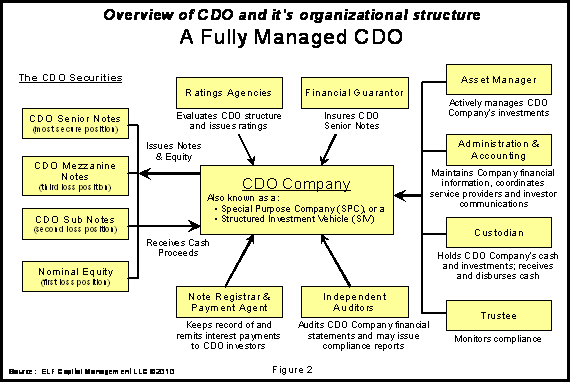Good derivatives market can help revive the bond market’
Post on: 11 Апрель, 2015 No Comment

Rujan Panjwani, Executive Director, Edelweiss Financial Services Ltd
The newly introduced interest rate futures can go a long way towards developing the fixed income market, thinks Rujan Panjwani, Executive Director, Edelweiss Financial Services Ltd. But he rues that Indian companies have stopped launching innovative debt instrument.
Excerpts from the interview.
Are you happy with the changes brought to the interest rate futures?
The problem earlier with interest rate futures was that was physically settled and was against a basket of bonds. The price disparity between the bonds in the basket was so great that you just couldnt trade it. If you sold, you would always get the cheapest bond and if you bought, you got the most expensive.
Cash settled contracts with a single bond as an underlying will make it more attractive. Currently, you have the OIS (overnight interest rate swap) market that exists, both onshore and offshore. That is a huge derivative market. By promoting exchange-traded IRFs, we can help shift this market onshore. It is far more transparent and price discovery is also more efficient.
What do you think about making G-Secs more easily available to retail investors?
Buying G-Secs is not easy since you cannot buy it from your stock broker. You cannot put it in a demat account either. Structural changes are required to be made to de-bottleneck the entire back-end.
Today, G-Sec trading is done through the Competition Commission of India. It is primarily an institutional market. And institutions are happy with things as they are.
The entire fixed income market for retail investors has relapsed over the last 15 to 20 years. We used to have partly convertible debentures, fully convertible debentures, debenture with warrants and other instruments that were used in the Nineties that people have now stopped using. Overall, there has been a drive towards simplicity in financial instruments over the last few years. This could be a casualty of that movement.
How do you think the corporate bond market can be made deeper?
At least now everyone is aligned to the idea that this market needs to be developed. The corporate bond market is currently limited to bank treasuries and some mutual funds; it is an institutional market. There are no high net worth individuals or retail in it. You must facilitate greater participation and also, at the same time, provide some risk mitigation measure which a good derivative market can allow.
Today, if I buy a corporate bond, I cannot sell it because there is no liquidity and I cannot hedge it. If interest rates move up, I am stuck. So, I dont buy at all. A good derivative market, coupled with measures from exchanges to invite participation from a wider set, can help.
Given high interest rates, why did you approach the market with a non-convertible debenture issue now? How was the response to the issue?
We cannot time the issue to perfection. When you have to raise money, youve got to do it. Since this is our first issue, we want to be generous to the investors.
The response to the issue has been good with an oversubscription of 2.32 times the base issue. The qualified institutional buyers portion was oversubscribed 3.60 times, the retail investors portion 2.18 times and the non-institutional buyers portion 1.47 times.
With this cost of fund, what is the spread you are expecting?
It will vary from product to product. From collateralised corporate credit to small and medium enterprises book to loan against properties and loan against shares, to employee stock ownership funding, it is hard to give a crystallised number. But on an average we expect a spread of 300 basis points.
(This article was published on January 29, 2014)














